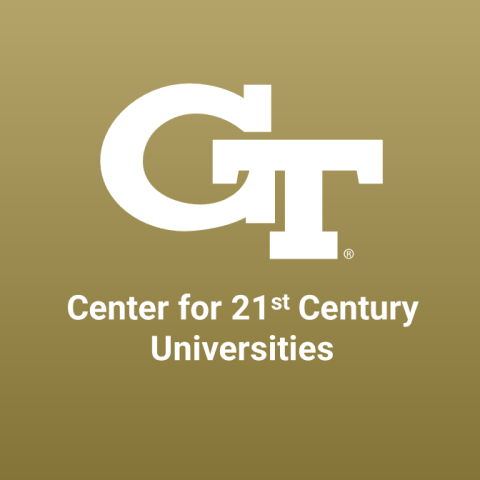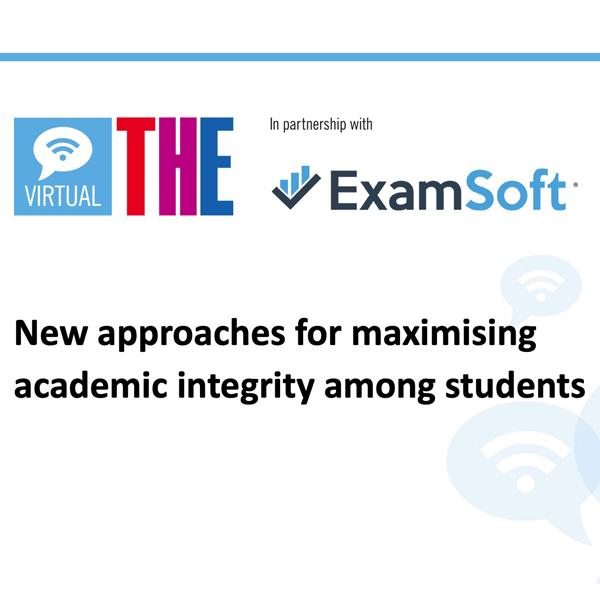
Promoting academic integrity in a massive online master’s programme
A benefit of running extremely large courses is that what would usually be edge cases occur far more often, giving greater insight into their nature and how to address them. One such category is, unfortunately, academic integrity violations.
As part of running Georgia Tech’s massive online master of science in computer science (OMSCS) programme, I teach more than 3,000 students each semester. Relatively few of them are ever suspected of academic misconduct; however, a small fraction of a large student body is still a significant number of cases. I typically handle more than 100 misconduct cases per term and maintaining this quantity over the past dozen semesters has provided incredible data that allow us to investigate trends in academic misconduct.
Why do students cheat?
In order to foster a community of integrity, it is critical to understand why the community may deviate from acting with integrity in the first place, as well as the approaches that are most effective in encouraging integrity.
- Zero cheating is a pipe dream, but we still need to push academic integrity
- A (very) simple solution to cheating
- Disruptive innovation in the classroom: making higher education more accessible to a large population
With the benefit of data, what becomes readily apparent is that most integrity violations do not come from deliberate nefariousness. Few students enter a class with an intention to cheat. Instead, we see three main reasons that otherwise principled students lapse into misconduct.
The first is out of desperation. Often this is due to external factors, such as personal or family illness; other times it is a result of falling behind or struggling to understand the content.
Second, misconduct often comes from a misunderstanding of what is permitted and prohibited. I teach computer science, where certain types of code-copying that are perfectly acceptable in the workplace are forbidden in my class. An experienced software developer could easily fall foul of these rules by approaching the class projects in the way they might tackle a work project.
Third, we see students engage in misconduct without realising it. In my more essay-heavy classes, we see students copy quotes from papers into an informal notes document, only to copy directly from that notes document into their final paper, forgetting that the text was a quote rather than their own original summary. It is only when confronted with evidence of this plagiarism that they realise they have engaged in it in the first place.
Understanding these causes of academic misconduct gives us avenues to pre-emptively address them so we can create a culture of integrity rather than a reactive culture that punishes individuals after misconduct has occurred.
Tips for fostering academic integrity
In my case, there are three major strategies we use to encourage integrity.
1. Have a clear policy
First, a comprehensive and clear integrity policy is critical. Misconduct looks different in every class, and to avoid students unknowingly engaging in misconduct, a clear policy on what is permitted and prohibited must be available from the beginning of class. I have seen too many classes offer only broad, generic statements such as: “Your work must be your own” – or, worse, offer no policy of their own at all and instead fall back on school-wide policies.
I personally like to frame this more in terms of what students may do rather than what they may not, as this doubles as an opportunity to encourage desirable behaviours. When I tell students that it is OK to directly quote from papers if they use proper in-line citation, I am communicating that quoting with in-line citation is a desirable part of writing papers, and that proper citation in papers helps avoid suspicion of plagiarism. I similarly find a policy oriented around what students may do supports a community of authentic integrity, while a policy of what students may not do lends itself to a community of rote rule-followers.
2. Give integrity policy context and consequences
Many classes, fortunately, do have clear policies. However, these policies alone often fall short of what is needed for a comprehensive impact.
So, our second approach is to put the policy into context, augmenting it both with the repercussions of misconduct and advice on where others have run foul of the policy. In my classes, we supply the fundamental policy in the syllabus, but we reinforce it with a discussion thread a couple of weeks into the semester to provide this context. We share with students our experience with misconduct, what we find typically motivates misconduct, and the ways in which we see students inadvertently engage in misconduct. We share metaphorical guardrails for ensuring they stay on the right side of the rules.
And, perhaps most importantly, we share what they should expect if they are found responsible for misconduct, so there can be no surprises; they are informed in advance that we cannot make exceptions for accidents or desperation, and instead offer alternatives they should explore in advance.
3. Build academic integrity into the structure of the course
Our third strategy connects to a personal soapbox of mine, but it essentially comes down to the idea that academic integrity should be holistically built into the structure of a course, not tacked on after the course has been designed. For us, this manifests as a warning system. My classes are largely designed so the first opportunities students have to engage in misconduct weigh relatively low on their course average. When we suspect students of engaging in misconduct on these low-stakes assessments, we send a warning email alerting them to the fact that similar behaviour on later assignments would be grounds for a misconduct case. Because the assignments are low in weight, we are unconcerned that they pose a significant unfair advantage so long as those students do not engage in misconduct again.
For many students – especially those whose prior education has been in countries with different expectations from our own – rules alone are insufficient in changing perceptions of what behaviours are permitted and which are prohibited. It is only once they see their own work put alongside the rules that they recognise in what ways it violates them. This warning system gives students the opportunity to see a personal example of what constitutes misconduct before it is held against them.
What is likely most important about these three strategies is that they are all oriented towards education: we teach students what is permitted and prohibited; we teach them to avoid the mistakes of previous students; and, when possible, we teach them how their own submission violates the rules before we penalise them. We initially treat academic misconduct as a misconception about what is permitted rather than a deliberate violation of the law. In the process, we strive to foster a community of academic integrity rather than a community of rote rule-followers.
David Joyner is executive director of online education and the online master of science in computer science (OMSCS) programme at Georgia Tech’s College of Computing.
If you found this interesting and want advice and insight from academics and university staff delivered directly to your inbox each week, sign up for the THE Campus newsletter.




